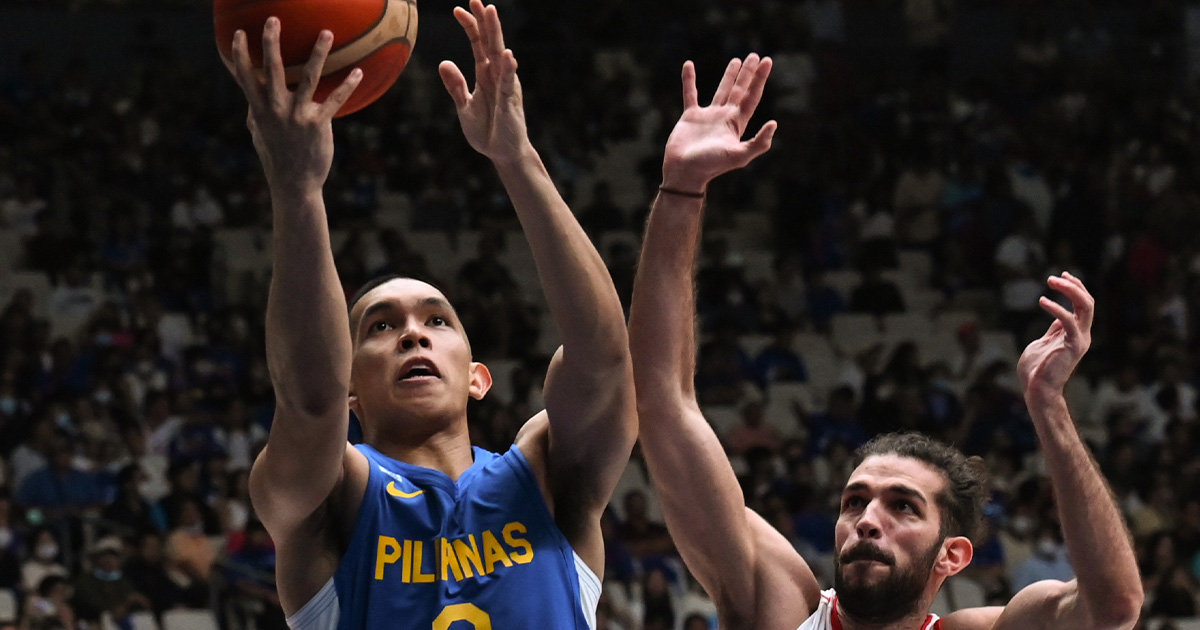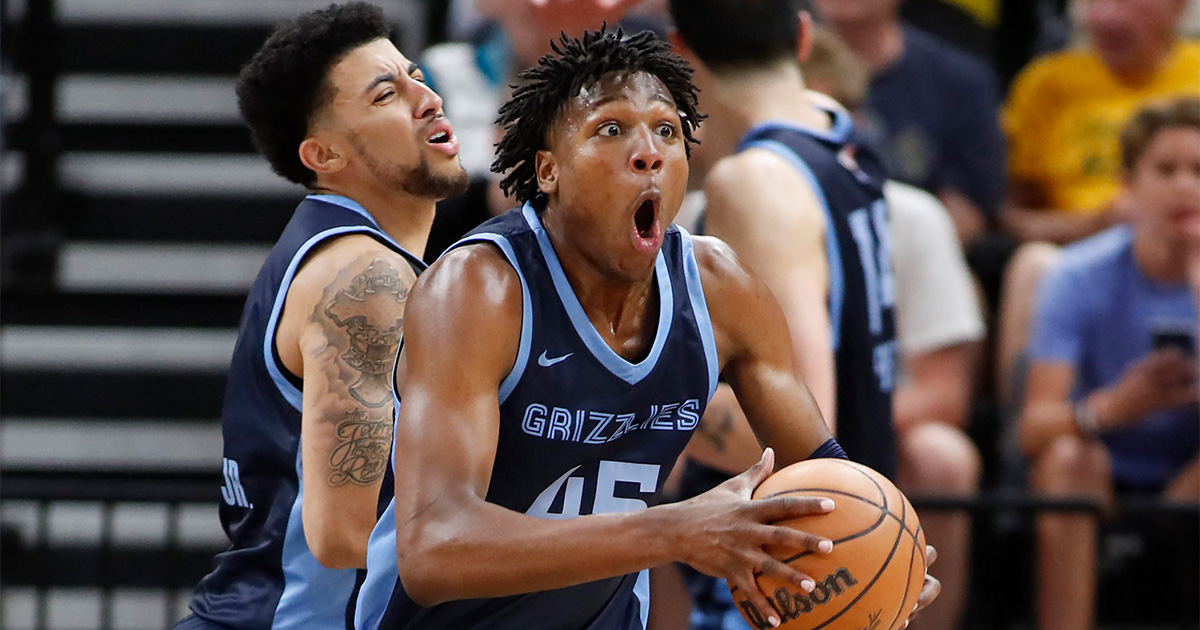Thirdy Ravena made headlines over the last few days, and not because of any of his on-court exploits.
Like most of us, Ravena was keeping tabs on the 2023 EASL Champions Week in Japan, where the San Miguel Beermen and the TNT Tropang Giga suffered blowout losses, essentially ending their respective EASL campaigns just as they began.
Ravena, who is in his third year with Japan B.League’s San-en NeoPhoenix, didn’t mince words with what he felt following the opening games.
Naturally, this generated a lot of reactions on social media, with some players and coaches chirping in. Ravena later clarified in the thread that this was directed at the fans, but then again aren’t we all “fans” of the game?
Words like these can sting, more so when they come after disappointing losses, but then Ravena may be on to something.
Ravena himself drew both praise and (sadly but not surprising) flak for his move to San-en, when he would have been a high draft pick with the PBA. The three-time UAAP champion has become a pioneer in the overseas Filipino basketball player movement, paving the way for the likes of Dwight Ramos, former PBA players Bobby Ray Parks Jr. and Matthew Wright, and fellow UAAP stars Rhenz Abando, SJ Belangel, and most recently Carl Tamayo.
In fact, this had some influence on the EASL as the Philippines was also well-represented in the 2023 EASL Champions week, with all but three teams having at least one player with Filipino heritage.

The quality of play is different overseas, largely because B.League and Korean Basketball League teams spend quite a lot of games with two imports, a format that was especially useful in the 2023 EASL Champions Week. Playing against bigger and more skilled players certainly pushes local players to step up, and while teams can also at times tend to rely on their imports, this eventually raises the overall level of play.
Moreover, labor restrictions aren’t as limited abroad as compared to the PBA, where mother teams have strong influence on player movement and coaching opportunities for non-Filipinos are severely limited. It’s also useful to mention that overseas leagues offer significantly better pay for Filipino basketball players.
Most of these are likely what have drawn the overseas Filipino basketball players, many of whom began their professional careers and are the breadwinners of their families. From a basketball standpoint, one would want to play against the best competition available, and given the depth of coaching and players overseas, the basketball education abroad can trickle back into the Philippines. Some of these are evident in the games of Gilas Pilipinas, where the likes of Ramos and Parks Jr. have heavily figured during the Asian qualifying windows of the 2023 FIBA World Cup. The Ravena brothers Kiefer and Thirdy have been frequent fixtures as well, and while some may not be happy about it, their ability to contribute even during practices is not something to take for granted.
All things considered though, the dismal results from the Beermen and the Tropang Giga in the 2023 EASL Champions Week and the ensuing reaction is another call for change. Social media is awash with suggestions from all corners on what can be done to improve the level of play with the PBA and whether or not they are valid, it’s clear that Filipinos want change.
A two-import scheme would be a solid reform, but that would draw opposition from those who would claim that local players will lose opportunities. That could be resolved by taking a page out of the B.League’s book, where teams are divided into three divisions. PBA teams can take the top division along with prospective owners with deep pockets, with those with lower budgets opting to start in the lower divisions. The PBA can also merge with the Maharlika Pilipinas Basketball League, and they can create a bigger and perhaps even more competitive basketball league.
The 2023 EASL Champions Week was a reality check, wake-up call, and a beatdown all rolled into one. Thirdy Ravena may have said what some have been thinking all along, but he’s not wrong; Playing in countries like Japan and Korea is harder than it looks and it points to a greater realization that Philippine basketball may need to adjust lest it be left behind.

















Δωρεάν λογαριασμός Binance
gate io